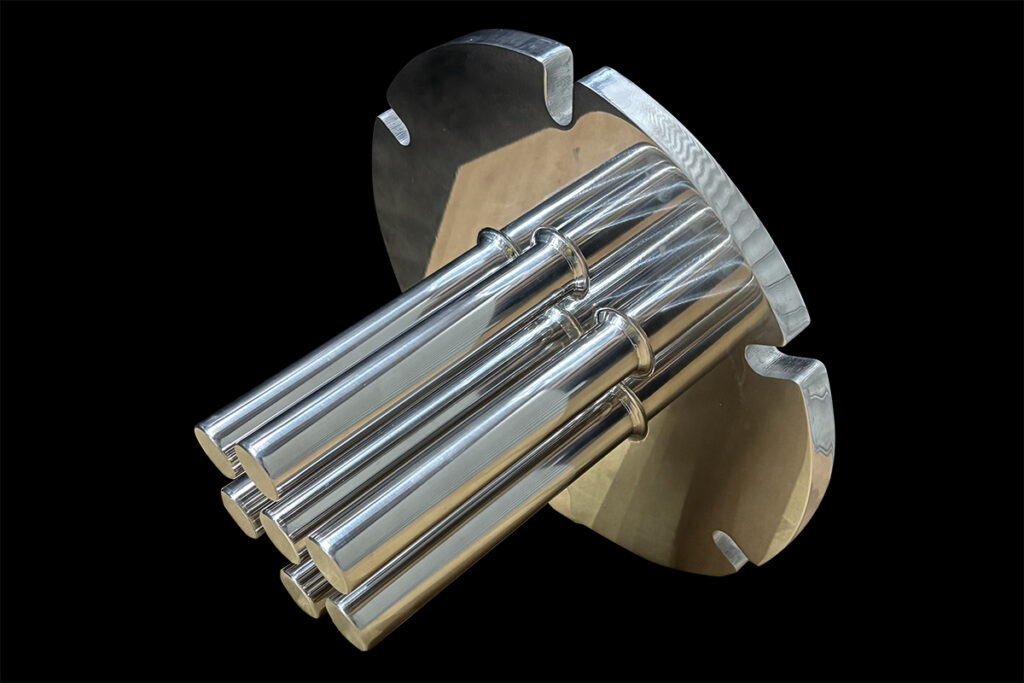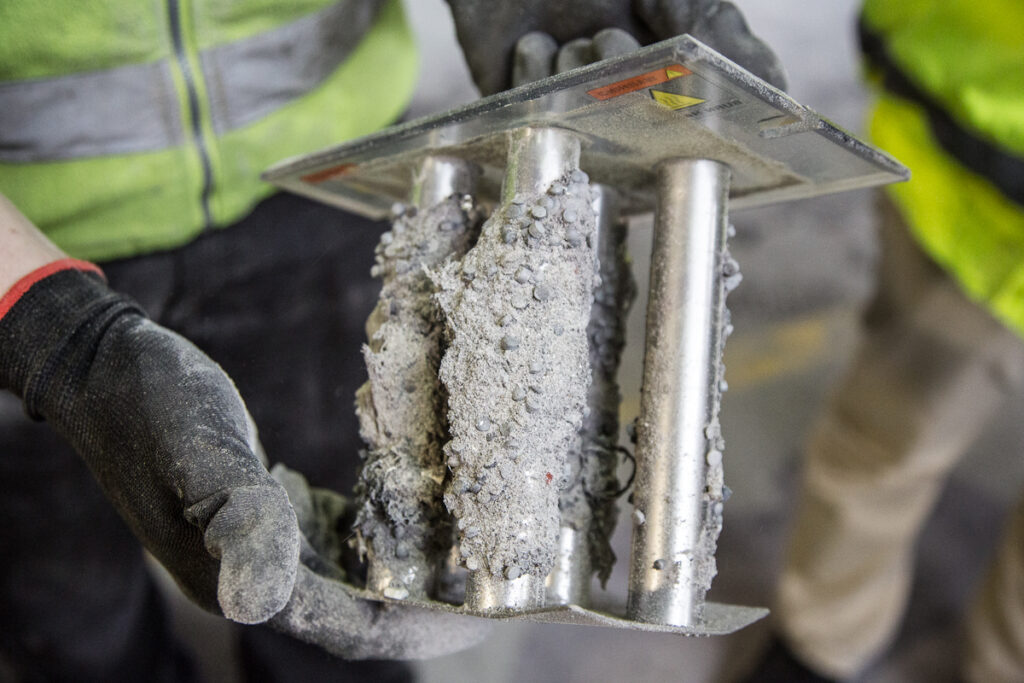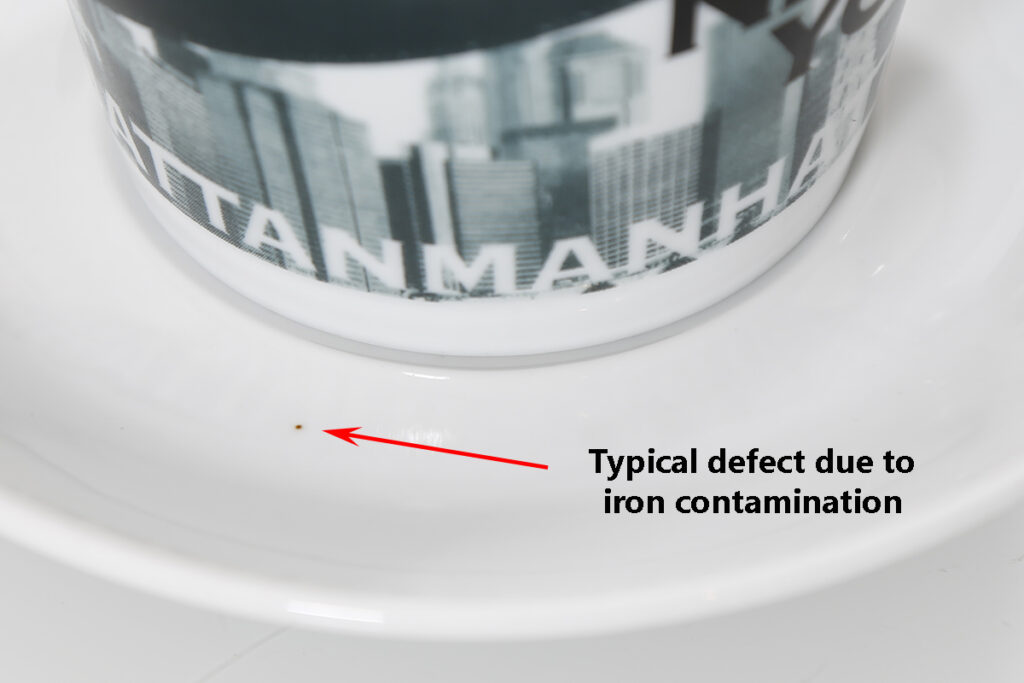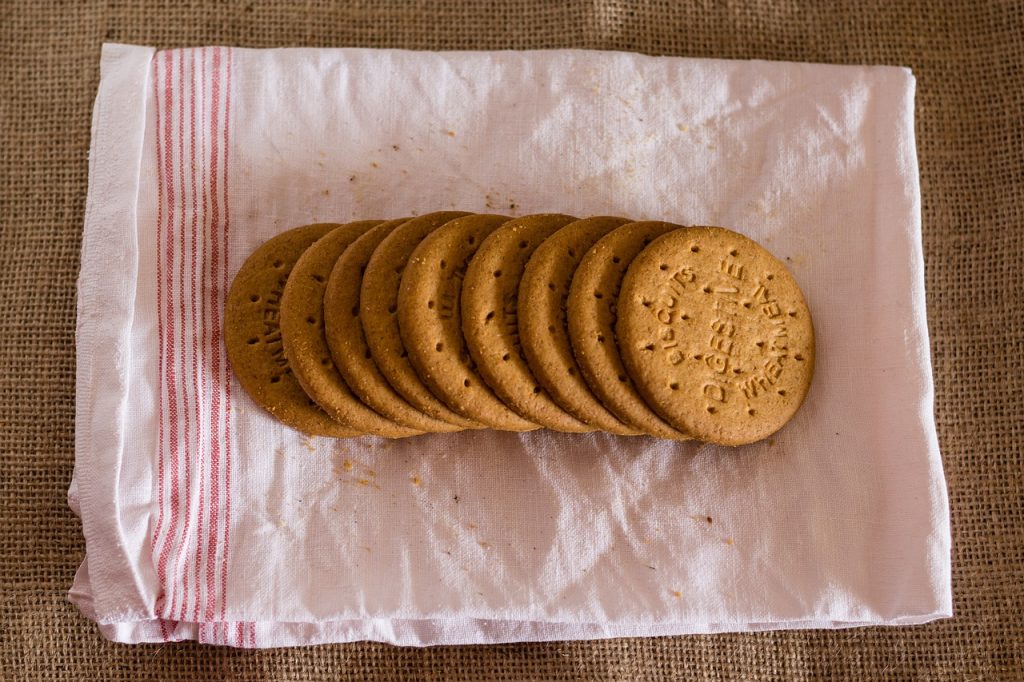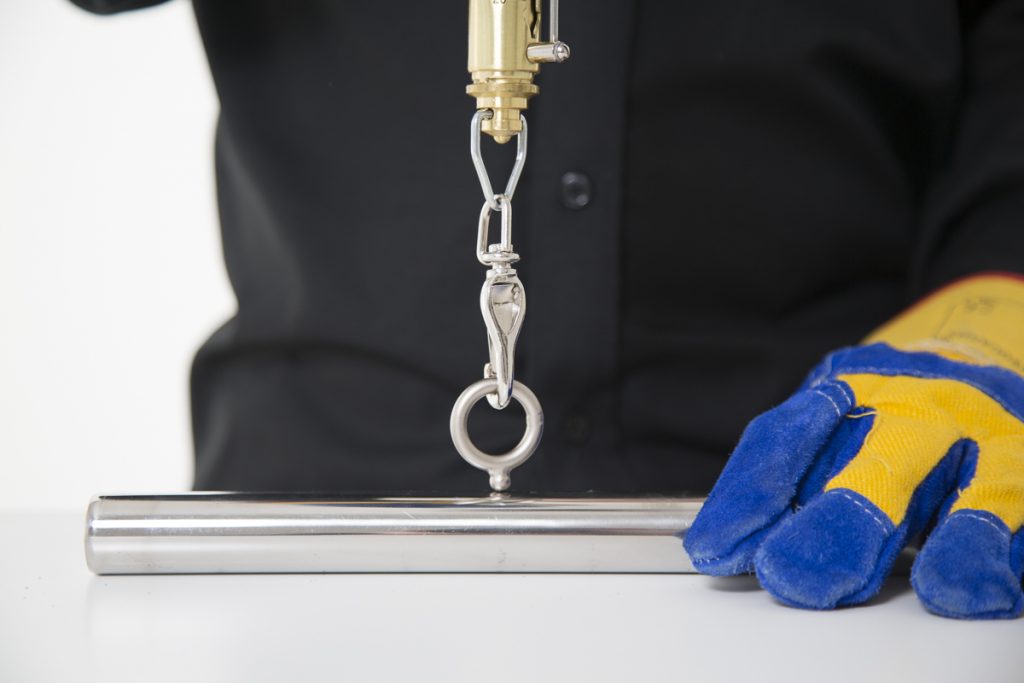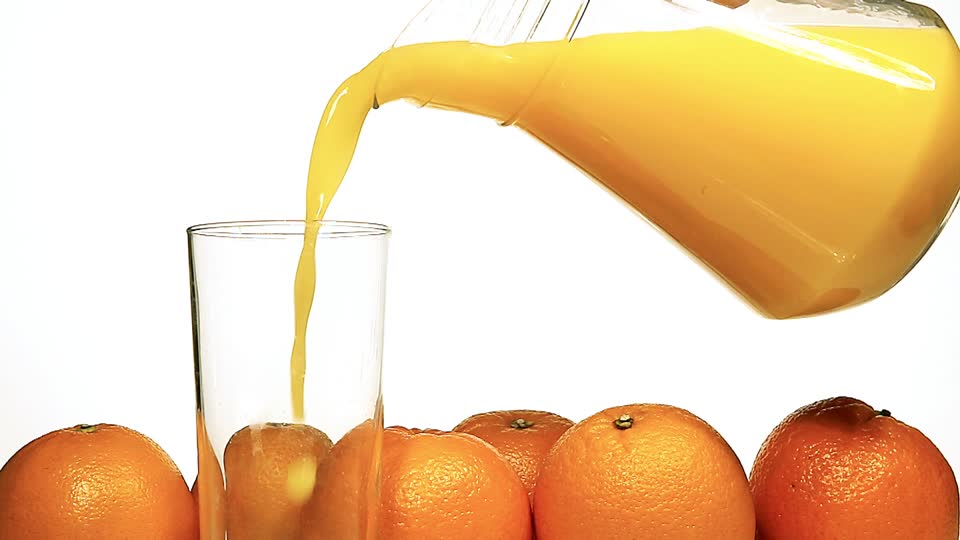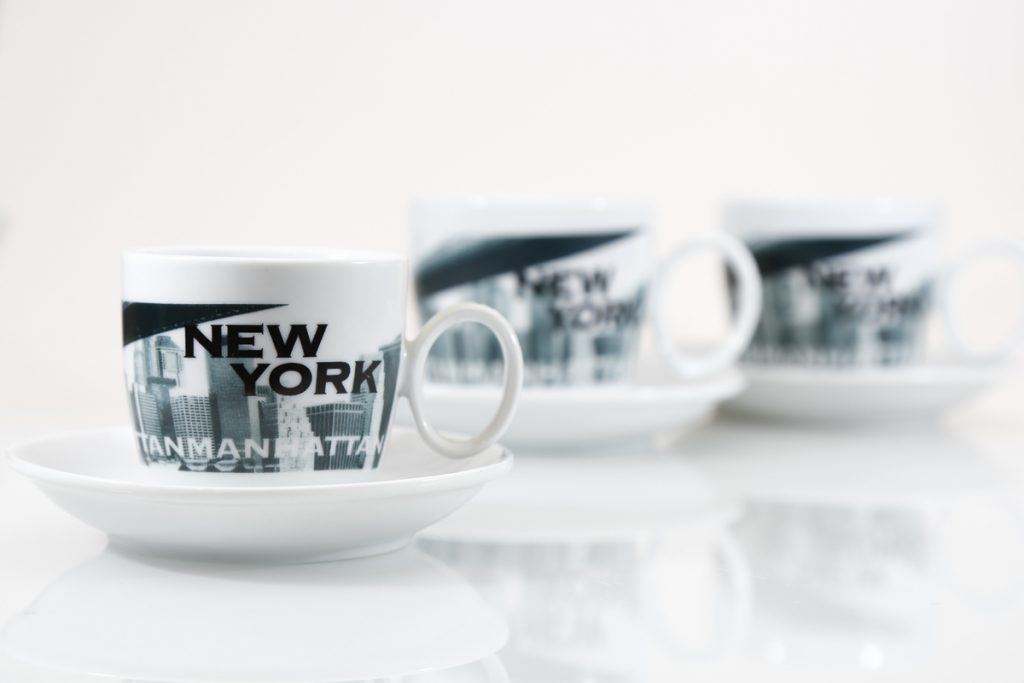Magnetic Liquid Trap
Chocolate Safety with Liquid Magnetic Separators
A UK chocolate conche manufacturer has purchased five (5) Bunting Liquid Magnetic Separators to capture ferrous metal contamination generated during the chocolate manufacturing process. Conching is a key part of chocolate making involving the continuous mixing, grinding, and kneading of chocolate mass over a prolonged period. The conche is a machine specifically designed for the…
Read MoreNecessity of Cleaning Magnetic Separators
When on site, our Technical Sales Engineers often take opportunity to check the installed magnetic separators. At many sites, this results in a conversation about the required cleaning frequency for a permanent magnetic separator such as a Drawer Filter Magnet, Plate Magnet, or Liquid Magnetic Separator. This is when captured ferrous metal is manually removed…
Read MoreHigh-Intensity Magnetic Separation at Ceramitec 2024
High-intensity magnetic separators reduce rejects, rework, and increase ceramic whiteness. On Bunting’s stand A6 323D at Ceramitec 2024 (9-12 April, Munich, Germany), ceramic engineers and ceramic mineral processors can find out about the latest high-intensity magnetic separation technology for both wet and dry processes. Keeping Ceramic Glazes, Slips and Bodies Free of Magnetics Fine iron…
Read MoreMetal In Food Alerts 2022
In 2022, the UK Food Standards Agency issued ten (10) alerts regarding metal-contaminated food products that had reached the public. This was up from five (5) in 2021. The metal-contaminated food products were supplied by companies at various stages in the food supply chain, including leading UK supermarkets such as Tesco and Co-Op, as well…
Read MoreTemperature Effect on Magnetic Separators
If a Neodymium Rare Earth Tube Magnet is put into a red-hot fire, then it would not be surprising if the magnetic properties are destroyed. However, what if the same Tube Magnet is just exposed to steam being flushed through a pipeline system to clean the pipes? Tube Magnets manufactured with high quality Neodymium Magnets are able to…
Read MoreHigh-Intensity Magnetic Separators at Ceramitec
High-intensity magnetic separators play a key role in the manufacture of ceramics and the processing of ceramic raw materials, as highlighted at Ceramitec 2022 on Bunting’s stand (on stand C1:511). Keeping Ceramics Iron-Free Fine iron and magnetic minerals cause defects in any ceramic product, whether that is tableware, sanitaryware, tiles or technical ceramics. The iron…
Read MoreGetting Metal Out of Beer
Thankfully, it is very unlikely that you will ever find a piece of metal in your glass of beer. However, when tramp metal (in the form of screws, nails, broken process plant, etc.) is accidentally introduced during the brewing process, it damages processing equipment and can even affect the taste of the beer. In this…
Read MoreMeasuring Magnetic Separator Power
A Magnetic Separator attracts, captures and holds magnetic particles. The magnetic strength needed to successfully separate such problematic ferrous metal contamination is commonly stated in a magnetic separator supplier’s quotation or specified in the tender. This ‘Magnetic Strength’ is usually referenced in terms of ‘Gauss’, a unit of measurement. However, as it is difficult to accurately measure…
Read More15 Magnetic Liquid Traps Capture Iron in Orange Juice
Fine iron removed from orange juice
Read MoreKeeping Ceramic Tableware Iron Blemish Free
Fine iron and iron-bearing minerals cause visual and structural defects in ceramic tableware. Such contamination appears as small dark spots on the surface or is hidden within the body and causes premature cracking of the ceramic. The cup, saucer or plate is then either rejected or reworked. Iron contamination The problem of iron contamination is…
Read More